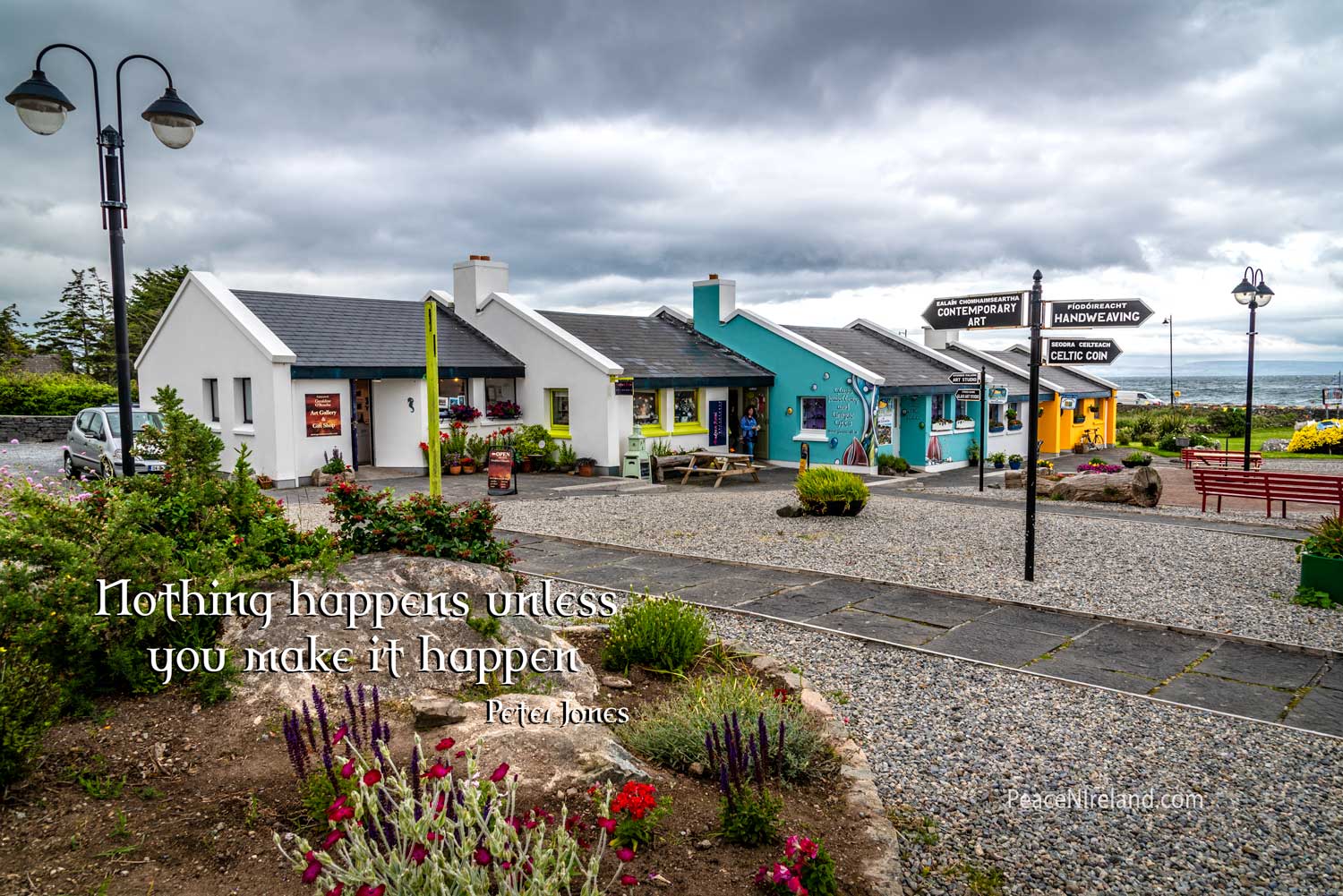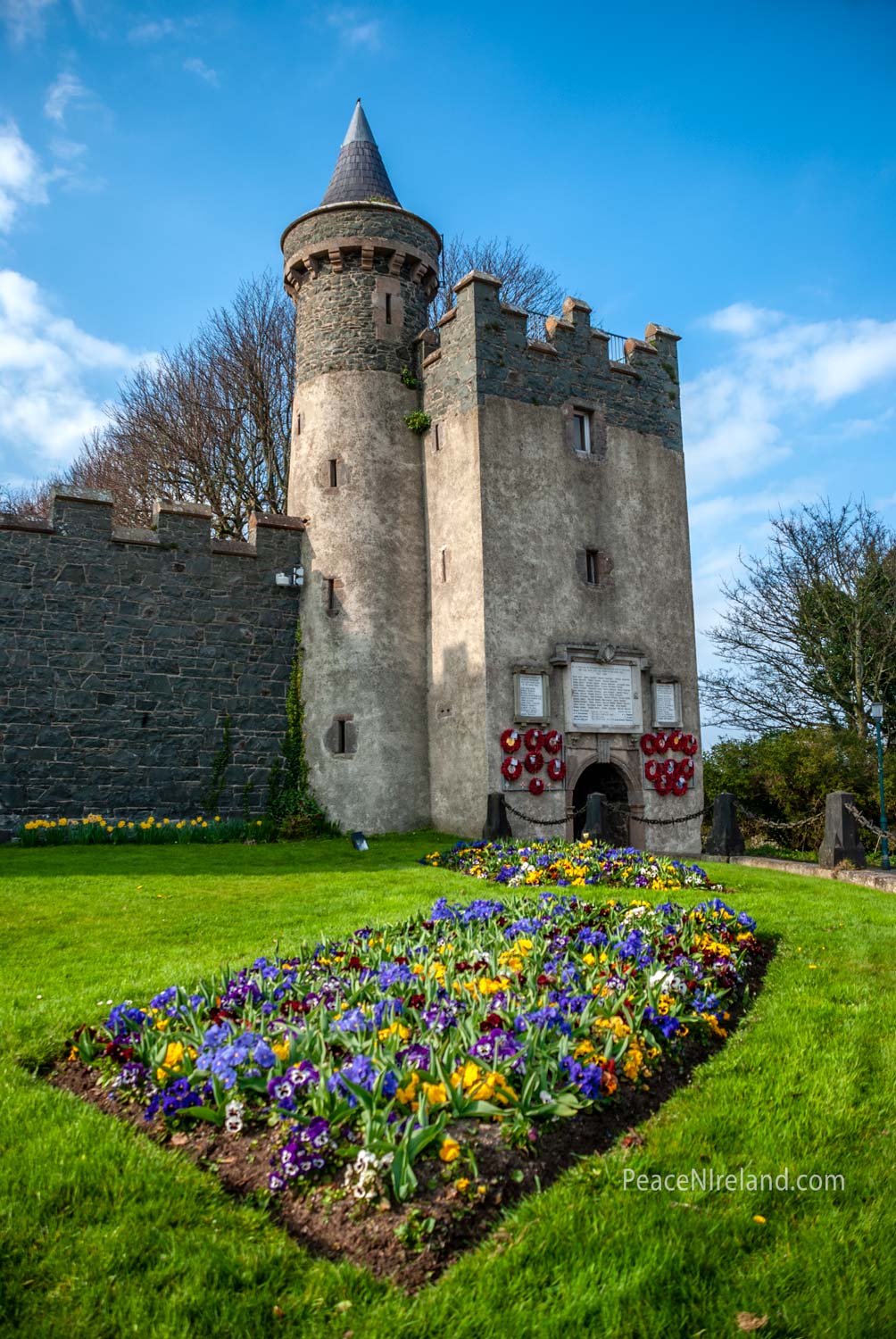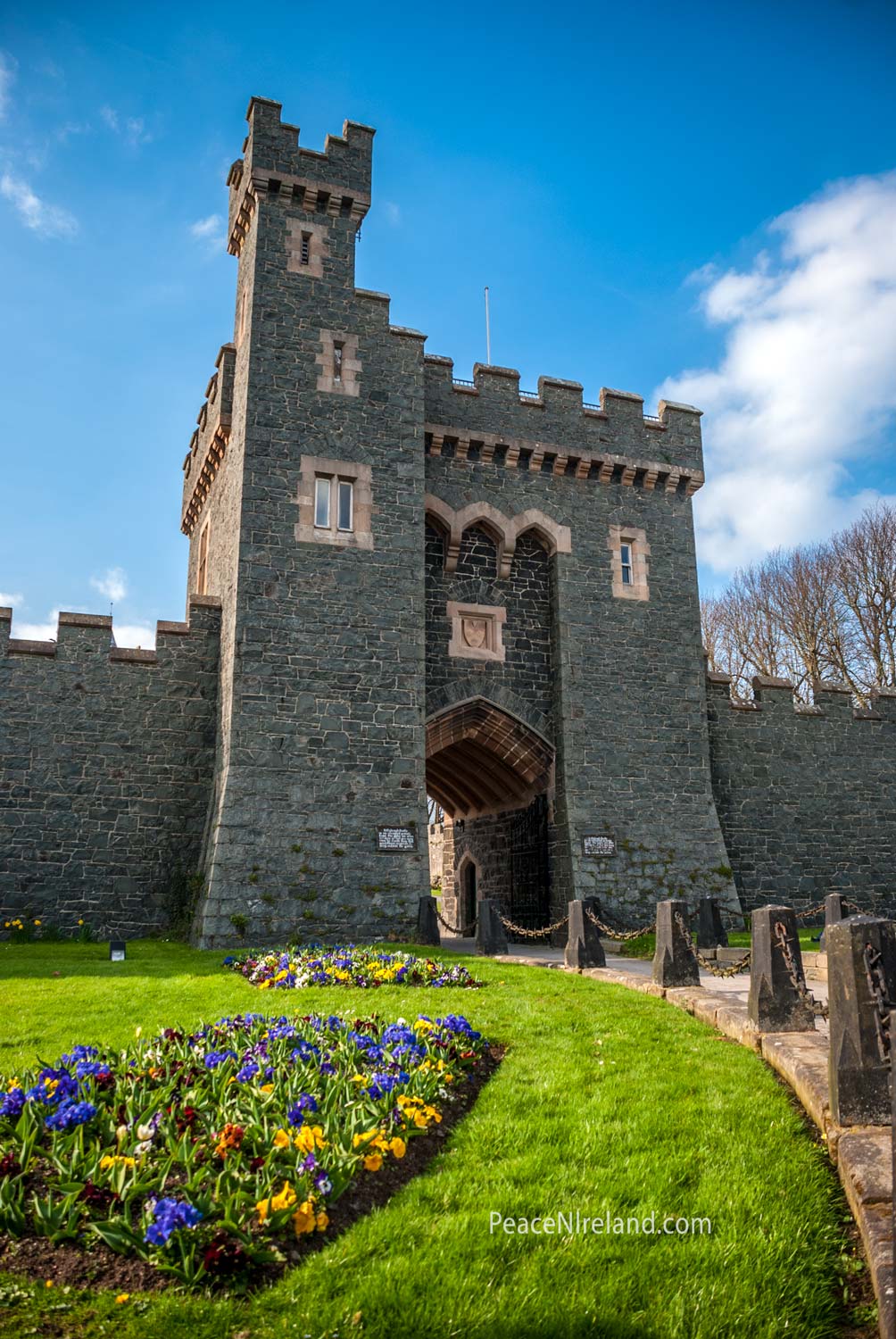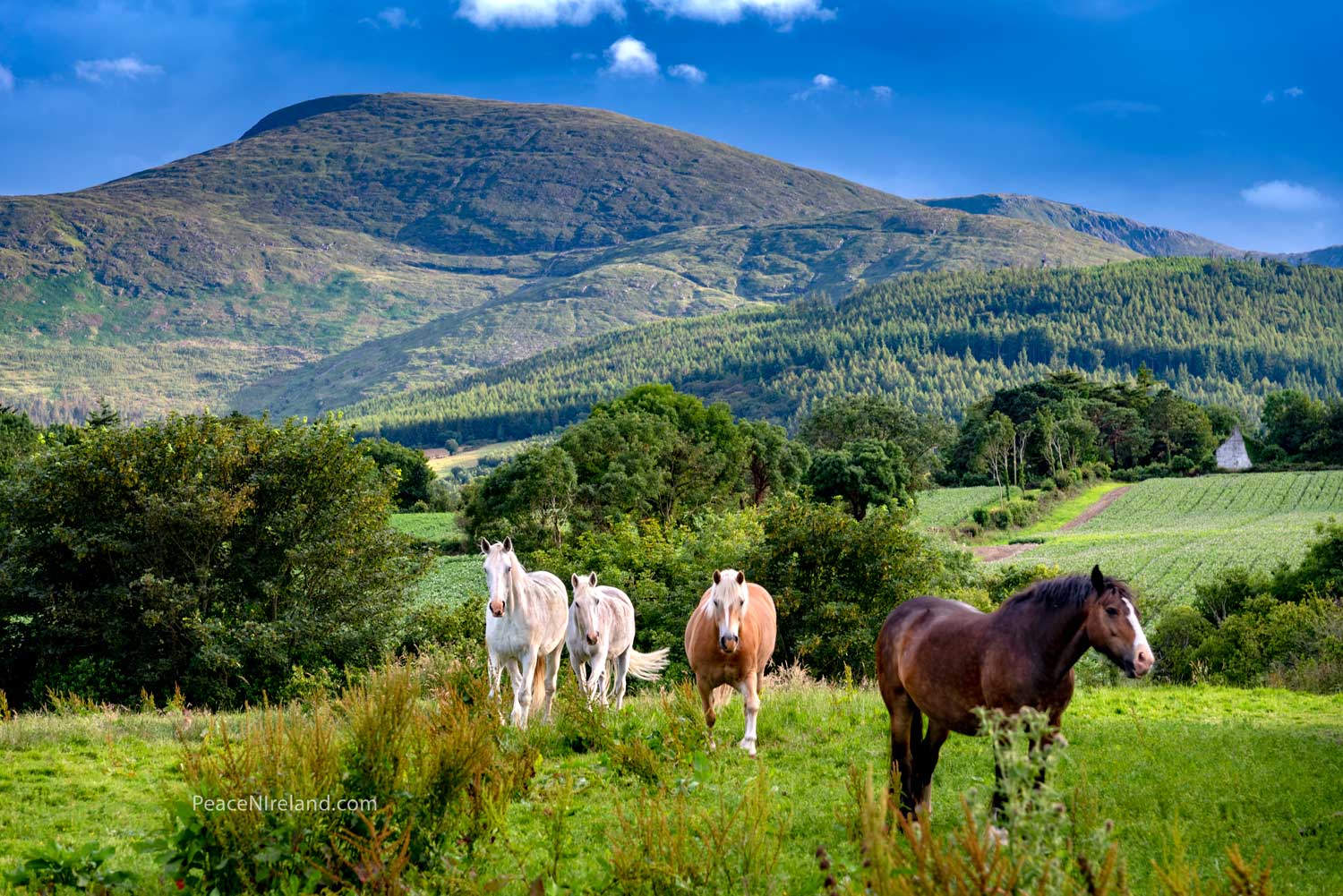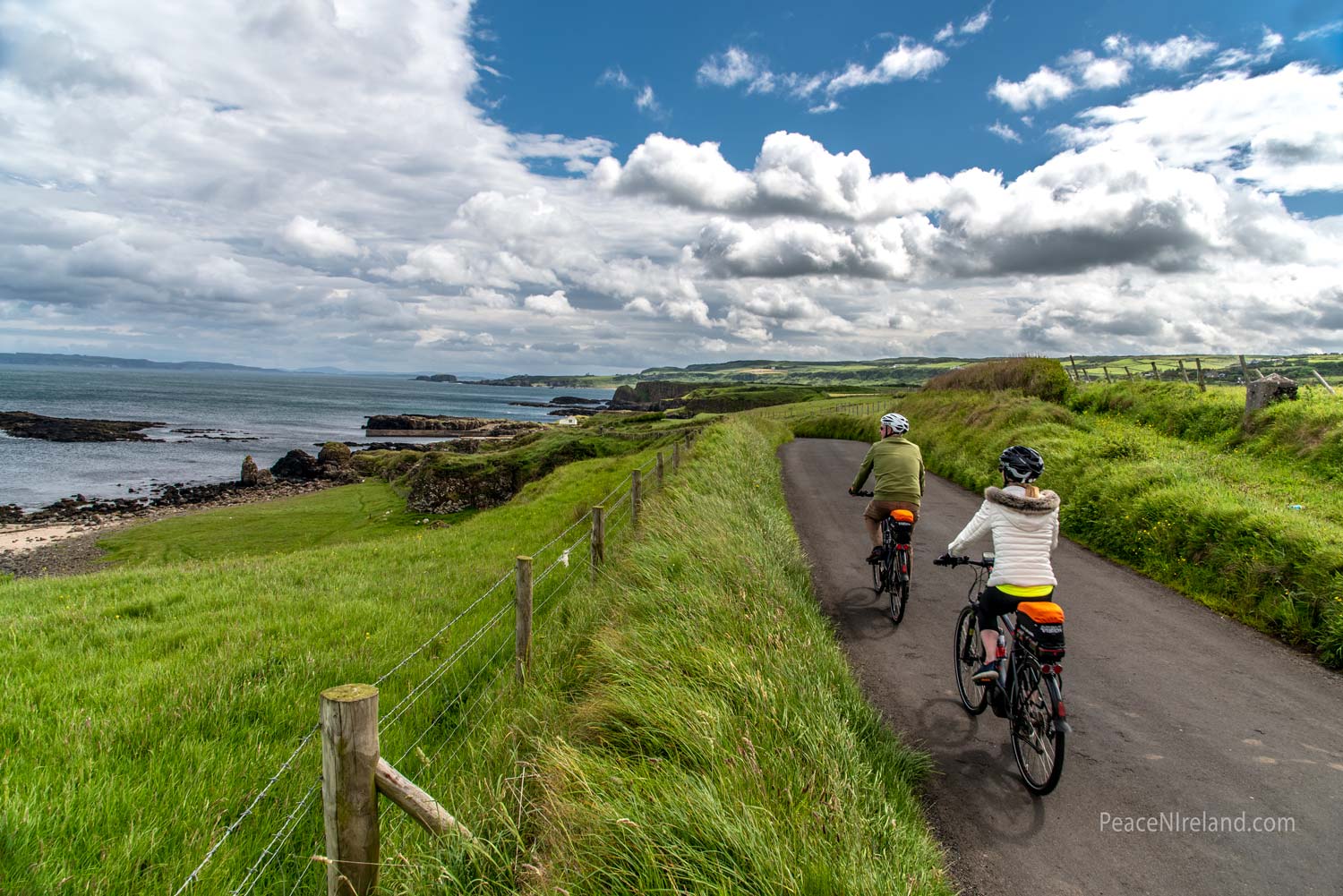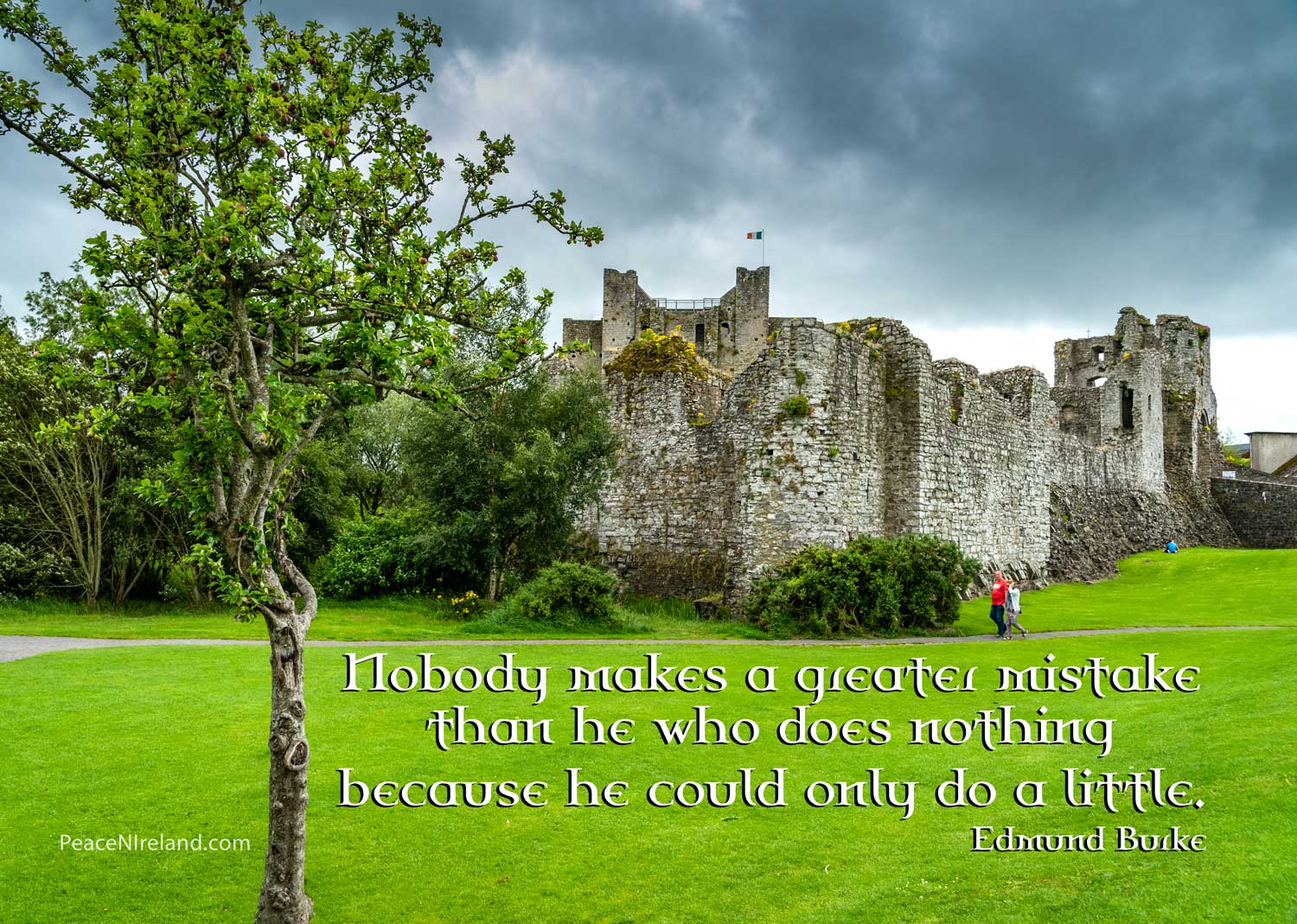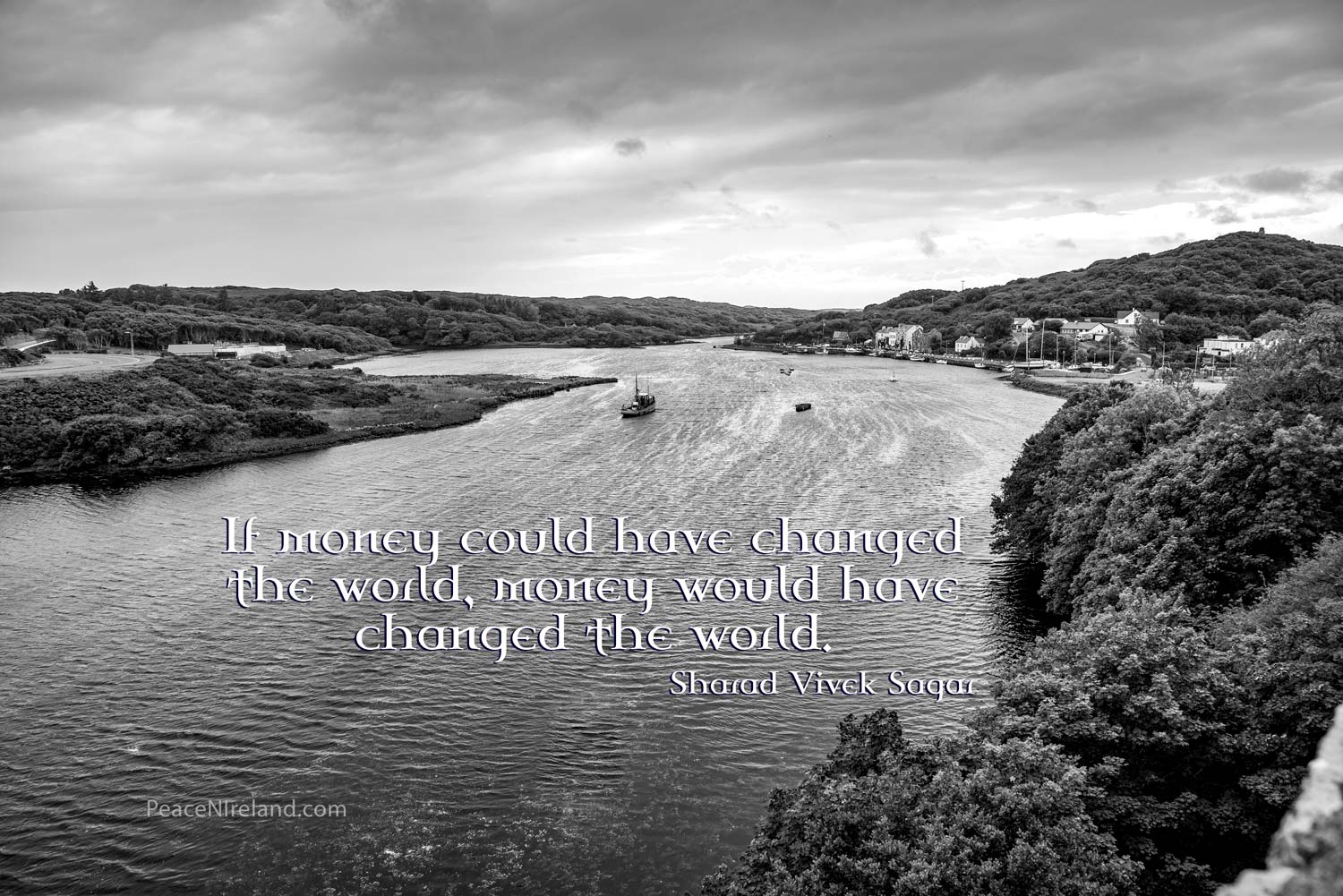callisterni
Posts by :
The American Military Cemetery in Belfast

Hidden in the hills just outside Belfast at Lisnabreeny, stands a memorial to 148 American servicemen who died in Northern Ireland during World War Two. This is a former American military cemetery – the resting place for US servicemen between 1943 and 1945.

American troops were first deployed in Northern Ireland in January 1942. The number reached a peak of 120,000 in June 1944, and by the time the war ended in 1945, around 300,000 US personnel were stationed or had passed through Northern Ireland. The dead included members of the US Army and Navy, but most were members of the Air Forces. They had died from natural causes, road traffic accidents, or during training, and about 40 men died in Air Accidents.The identities of eight servicemen who were buried here, remain unknown.

Before this cemetery was opened in December 1943, American troops who died on duty in Northern Ireland were buried in cemeteries in Belfast and Londonderry. Their remains were then transferred to this cemetery at Lisnabreeny in 1943, and it became the only burial place for American military personnel in Ireland until it closed in 1948. The remains of those who were not repatriated to the US at their families request now lie in Cambridge American Cemetery and Memorial, England.


The townland of Lisnabreeny is in the Castlereagh Hills, 170 metres above sea level. It’s just a few miles southeast of Belfast, which can be seen in the distance, along with the Belfast Hills.
This granite monument with the names of the 148 men inscribed on three sides, was unveiled by the local council in 2013 as part of a new memorial garden on the former cemetery site. It was constructed as a permanent reminder of the American sacrifice on Northern Ireland soil during WW2.
The monument was unveiled by the local council in 2013 as part of a new memorial garden on the former cemetery site. It was constructed as a permanent reminder of the American sacrifice on Northern Ireland soil during WW2. At the dedication service, Air Vice-Marshall David Niven stated, “We are commemorating the service and sacrifice of our servicemen during the Battle of Britain; a battle which prevented the invasion of the United Kingdom. We are also remembering, at the Service of Dedication of this cemetery, the sacrifice of our American Allies who served and died, here, in Northern Ireland. They came from the United States to fight alongside us, in our hour of need, when the rest of Europe had been overrun by the Nazi war machine.”

A woman tends the grave of Corporal John “Jack” Gibson who was killed when B17 41-24451 crashed on Slieveanorra on 3rd October 1942. Photo taken at Lisnabreeny American Cemetery, Castlereagh, Belfast and published in Duluth News Tribune. Copyright unknown.
The true story about a Coleraine boy, Cream Cakes, and an American Sergeant during WW2. Read time around 1’30” Click HERE.
Got a wartime story about American soldiers in Northern Ireland? We’d love to hear about it. Please send an email to info@peacenireland.com
Be yourself: Ralph Waldo Emerson

Strangford Lough with bridge giving access to Mahee Island, County Down
Nendrum 5th Century Monastic Site
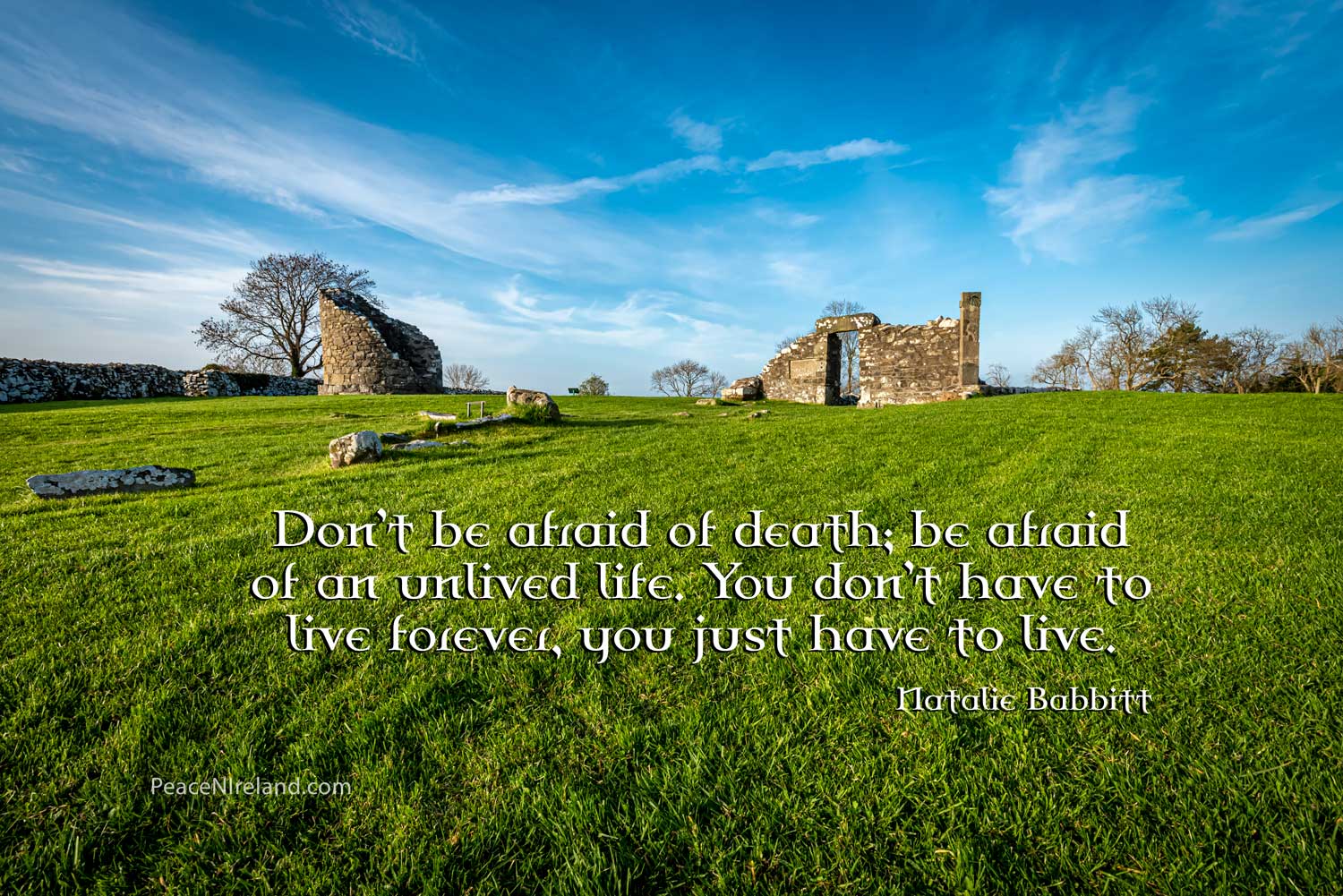
On an ancient Christian monastic site at Mahee island in Strangford Lough, County Down, stands the remains of the 5th Century Nendrum Monastry, said to be associated with St Patrick. It is thought to have been set up by Saint Machaoi, after whom Mahee island is named.
This site at Nendrum is considered to be the best example of a pre-Norman monastic site in Northern Ireland, with some of the ruin still visible. Although the monastery came to an end some time between 974 and 1178, its church served a parish until the site was abandoned in the 15th Century.
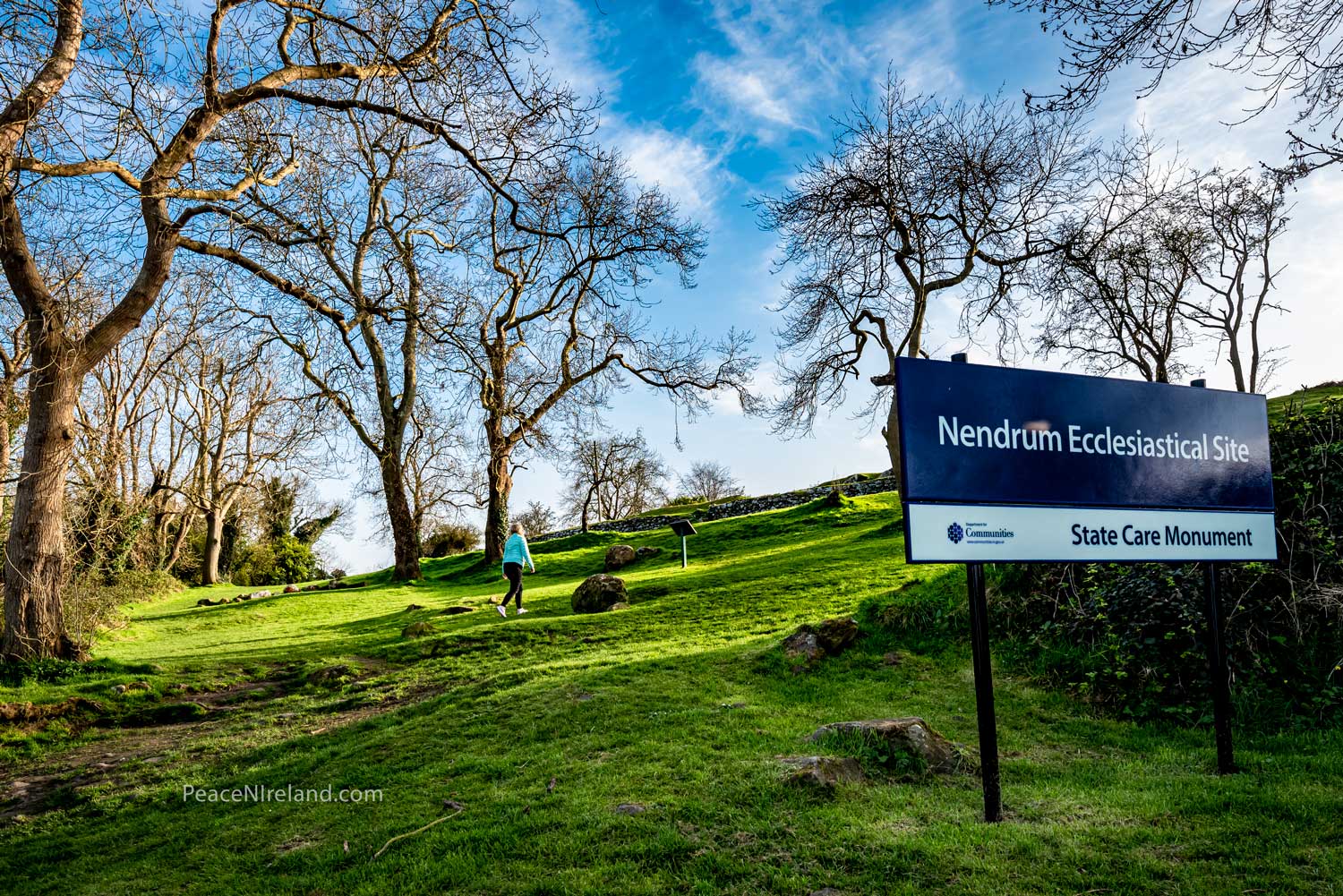
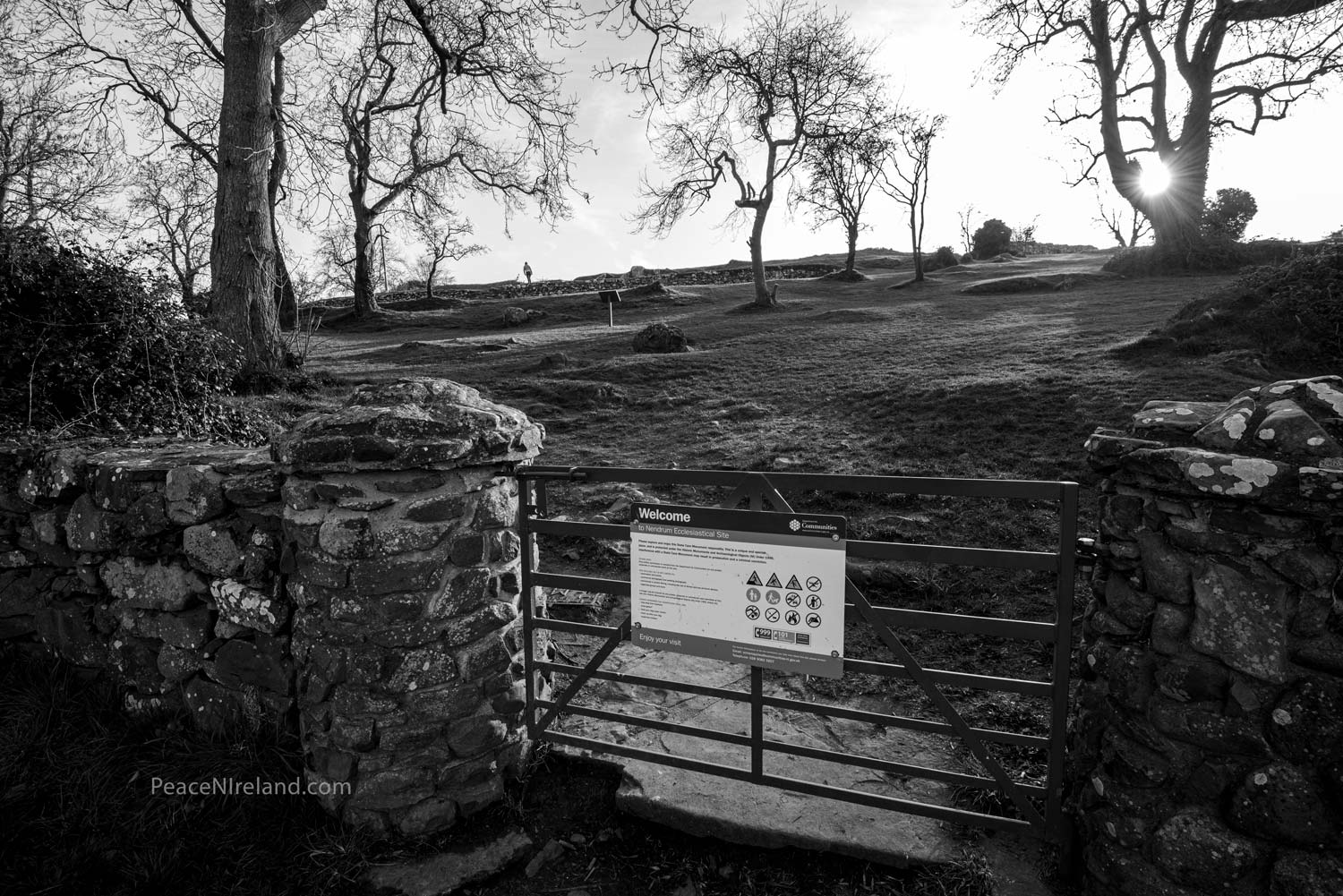
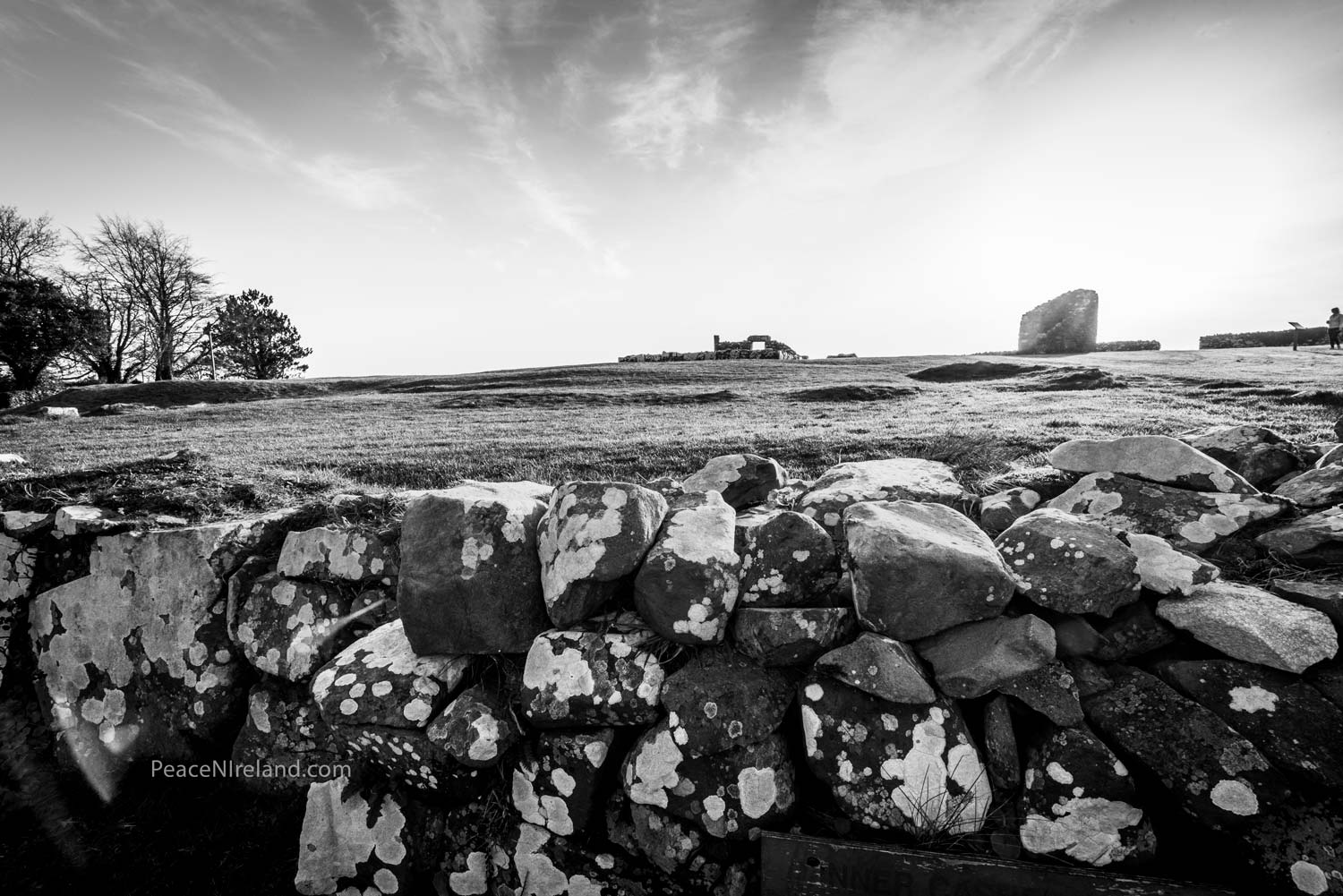
Full picture set of Nendrum Monastic Site with music by Belfast composer, Paul Reid.
Mahee Castle
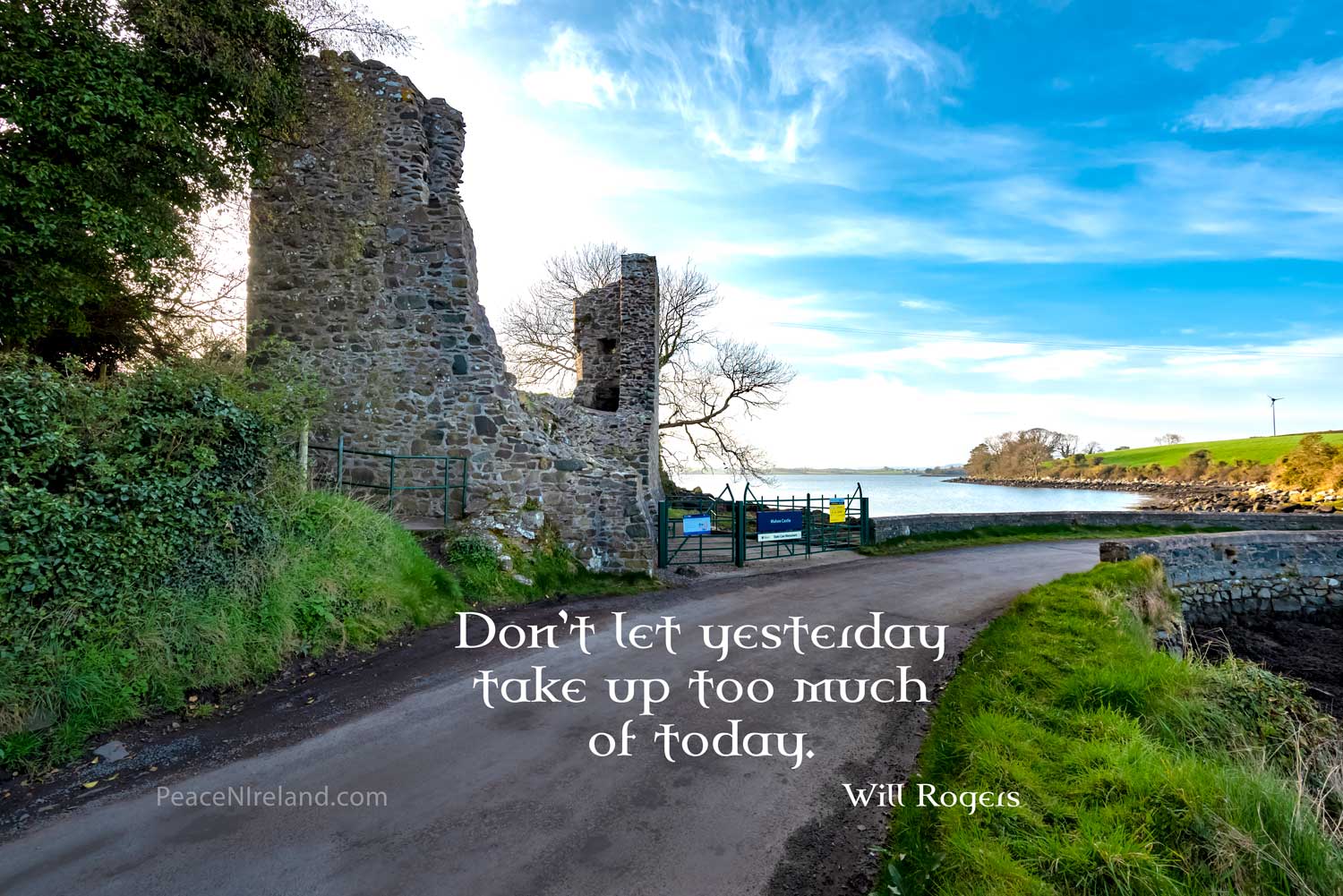
The ruin of Mahee Castle on Mahee Island, County Down
On Mahee Island in Strangford Lough, guarding a bridge and the only land crossing to the island, stands Mahee Castle. The name ‘Mahee’ is derived from Mochaoi who was the saint traditionally considered to have founded the monastery at Nendrum, the ruins of which are just a short distance away.

The castle was built by Captain Thomas Browne, an English soldier, and is conventionally dated to c.1570. Archaeological excavations were carried out at the castle during 2001 and 2002, which included detailed stratigraphic sequencing. This revealed remnants dating to the Late Mediæval period, meaning that the building could have existed before 1570. The archaeological finds consisted of shells and animal bones, knives and an array of pottery ranging over several centuries. Large quantities of modern glass were found, in addition to flint and pot shards.

By the early 17th century, the castle was abandoned and fell into disrepair. In 1923, H.C. Lawlor and the Belfast Natural History and Philosophical Society partly renovated the tower house which is three stories tall, although little remains of the upper floors. As part of this work, ivy was removed from the wall, cracks were grouted with cement, the top was waterproofed and a buttress wall was built to support the northeast corner of the tower.
Mahee Island is the largest island in Strangford Lough, and is situated five kilometres to the southeast of Comber.


